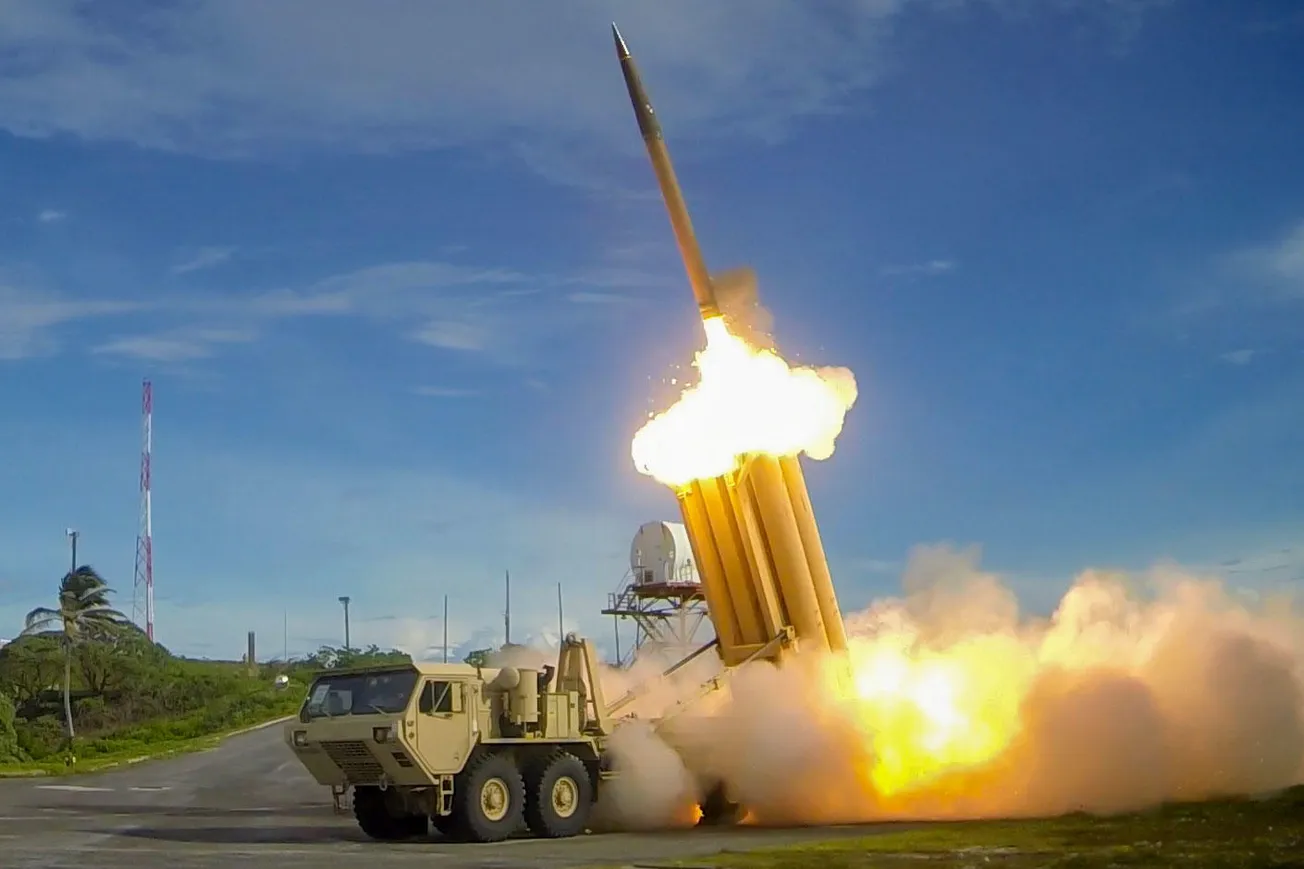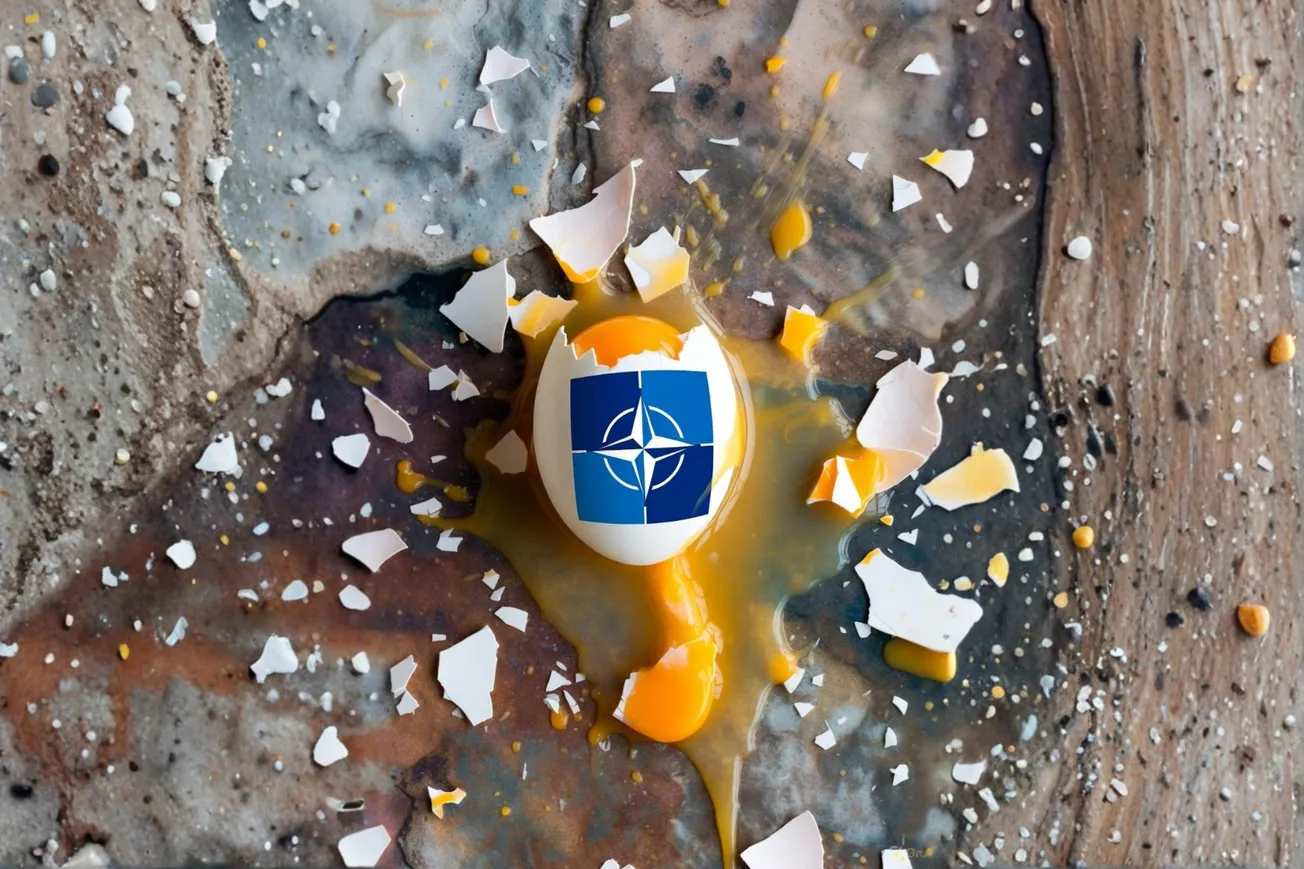The surprise announcement Sunday, Nov. 17 that the Biden Administration would now allow Ukraine to use American long-range missiles to strike Russian territory is a powerful reminder as to how close the world still is to thermonuclear war. As EIR has warned over the recent months and years, the proxy-war in Ukraine against Russia has put the world on the absolute precipice of global war—a situation which the war hawks in the trans-Atlantic are hell-bent on igniting. And the decision to approve Ukraine’s use of long-range weapons may just push it over the edge.
Russian President Vladimir Putin had made that crystal clear himself during the Q&A at the United Cultures Forum in September. Putin then emphasized that, given the technical aspects of these missiles, “only NATO military personnel can assign flight missions to these missile systems. Ukrainian servicemen cannot do this. Therefore, it is not a question of allowing the Ukrainian regime to strike Russia with these weapons or not. It is about deciding whether NATO countries become directly involved in the military conflict or not.” If Western nations make this decision, Putin underlined, “This will mean their direct involvement in the conflict, and it will clearly change the very essence, the very nature of the conflict dramatically.”
Russian officials have already begun responding to the news. Leonid Slutsky, the chairman of the State Duma International Affairs Committee, said: “If the publication’s sources are confirmed, it will mean only one thing: direct U.S. participation in the military conflict in Ukraine. Which will inevitably entail the harshest response from Russia.” The First Deputy Chairman of the Federation Council Committee on International Affairs Sen. Vladimir Dzhabarov called it “a very big step toward the beginning of World War III.”
News has also emerged that Biden Administration officials are calling on the incoming Trump administration to be prepared to expand its military capabilities to confront its “adversaries,” up to and including expanding the size of the U.S. nuclear arsenal. More generally, European and NATO countries have been engaging in efforts to make their countries “war ready,” as the German Defense Minister likes to put it, madly racing to scale up their societies for war, even while their own economies and living standards are collapsing.
Of course, these developments also underscore the absolute panic underway on the part of those worried they will lose their unipolar world order, pulling out all the stops to defend it. Even the slightest threat that President-elect Trump might negotiate a peaceful settlement in Ukraine, and thereby pull the country back from its harrowing confrontation with Russia, is considered an intolerable risk. In a similar fashion in 2016, then lame-duck President Obama had expelled nearly three dozen Russian diplomats in the days before Trump was inaugurated for his first term, while his friends launched the fraudulent “Russiagate” which has prevented any serious diplomacy between the U.S. and Russia ever since. It’s clear that someone is terrified of peace.
This must be an urgent rejoinder that an entirely new system, free from the evils of British imperial geopolitics, must be brought into fruition. Even if the world does survive to see the Jan. 20, 2025 inauguration of Donald Trump, and even if the war in Ukraine is later resolved, the war party will not give up that easily, and this danger will persist until its underlying causes are resolved.
The upcoming Dec. 7-8 Schiller Institute conference is therefore the most important event in ensuring that a viable future for the human species and that a new security and development architecture are brought into existence. Register now!





